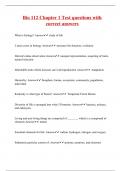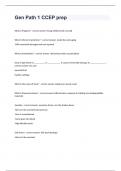Samenvatting
Youth and sexuality korte samenvatting artikelen 1-23
- Instelling
- Universiteit Utrecht (UU)
Lecture 1a. Sexuality research in the past century and now (Jenneke van Ditzhuijzen) • Bullough, V. L. (1998). Alfred Kinsey and the Kinsey Report: Historical overview and lasting contributions. The Journal of Sex Research, 35(2), 127- 131. • Laan, E., Klein, V., Werner, M., Van Lunsen, R. ...
[Meer zien]








